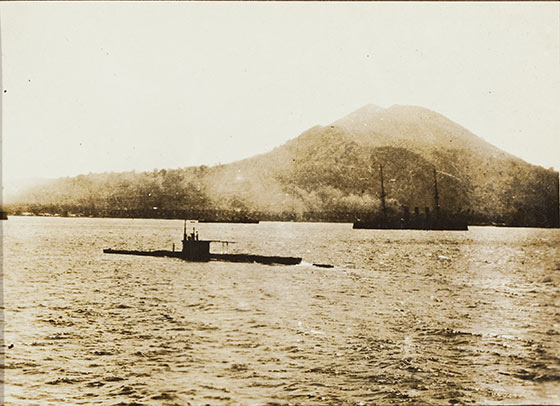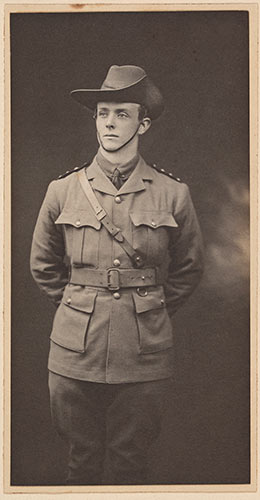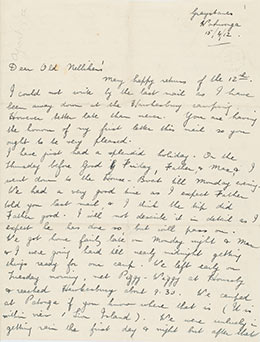Papua New Guinea and World Wars
Perhaps the most familiar names linking war and Papua New Guinea (PNG) to Australians are the Kokoda trail and the Coral Sea from the Second World War.
However, New Guinea was the site of the first Australian battles and deaths in the Great War.
At the outbreak of World War One His Majesty’s secretary of state for the colonies suggested to the Australian government they should seize the German wireless stations in New Guinea, Yap and Nairu.
The Australian Naval and Military Expeditionary Force (AMNEF) was created from 1500 volunteers and on September 13, 1914 they landed at Raboul and raised the Australian flag. A party of naval reservists went inland to Bita Paka to take the Kokopo wireless station but ran into opposition. German Officers and New Guinea police fired from trenches on the main road. By evening the Australians had fought several times and suffered four casualties and six deaths.
Dr Pockley’s first glimpse of New Guinea was on Friday Sept 4th
“Med. Officer for Day attending to patients in Hospital. At 5.15 pm sighted land & about 6.30 passed through entrance in Coral reef into Port Moresby & went straight to inner harbour ( about 4 miles from settlement & completely hidden from inner harbour). The land when sighted was mountainous & slopes very pretty.” [1]
The first Australian officer killed in action during World War One was Dr Brian Coldin Antill Pockley, a medical practitioner of North Sydney, who had been appointed Captain in the Australian Naval and Military Expeditionary Force, 18 Aug. 1914. Dr Pockley was going to the aid of W.G.V. Williams, who became the first Australian serviceman to die, at Bita Paka, Rabaul 11 Sept. 1914.
- Letters and transcript
- There are a number of soldier diaries about WWI and New Guinea
Survivor maps were used by Royal Australian Air Force personnel engaged in active service during World War Two.
"The Japanese came in and bombed Bulolo, Wau, Lau and Salamaua: and I heard the bombs” Jim Leahy [2]
The war completely changed the scale of the European presence in New Guinea. Thousands came with warfare and engines.
In 1939 Word War Two seemed removed from the Pacific Islands but by 1941 Papua New Guinea was the midpoint between two armies. The day after Pearl Harbour was bombed the Japanese flew reconnaissance planes over Rabaul and Kavieng.
Papua New Guinea which had been marginal to Australian concerns prior to World War Two became part of daily news. Names like Kokoda, the Coral Sea Wewak, Lei and Milne Bay became familiar to Australians.
The war destroyed much of old New Guinea: by 1945 all of the north coast of the mainland and the islands were littered with bomb craters, splintered buildings and the wreckage of army camps.
The Second World War in Papua New Guinea came at an enormous cost, about 150,000 Japanese soldiers died, nearly 12,000 allied soldiers were killed, and it’s not certain how many Papua New Guineans died. Papua New Guineans could not understand why foreigners fought a war across their homeland. [3]
References
- [1] Brian Pockley Diary, Friday Sept 4th
- [2] Nelson, Hank Taim bilong master: the Australian involvement in Papua New Guinea, ABC Sydney, 1983, p123
- [3] Nelson, Hank Taim bilong master: the Australian involvement in Papua New Guinea, ABC Sydney, 1983, p 200


